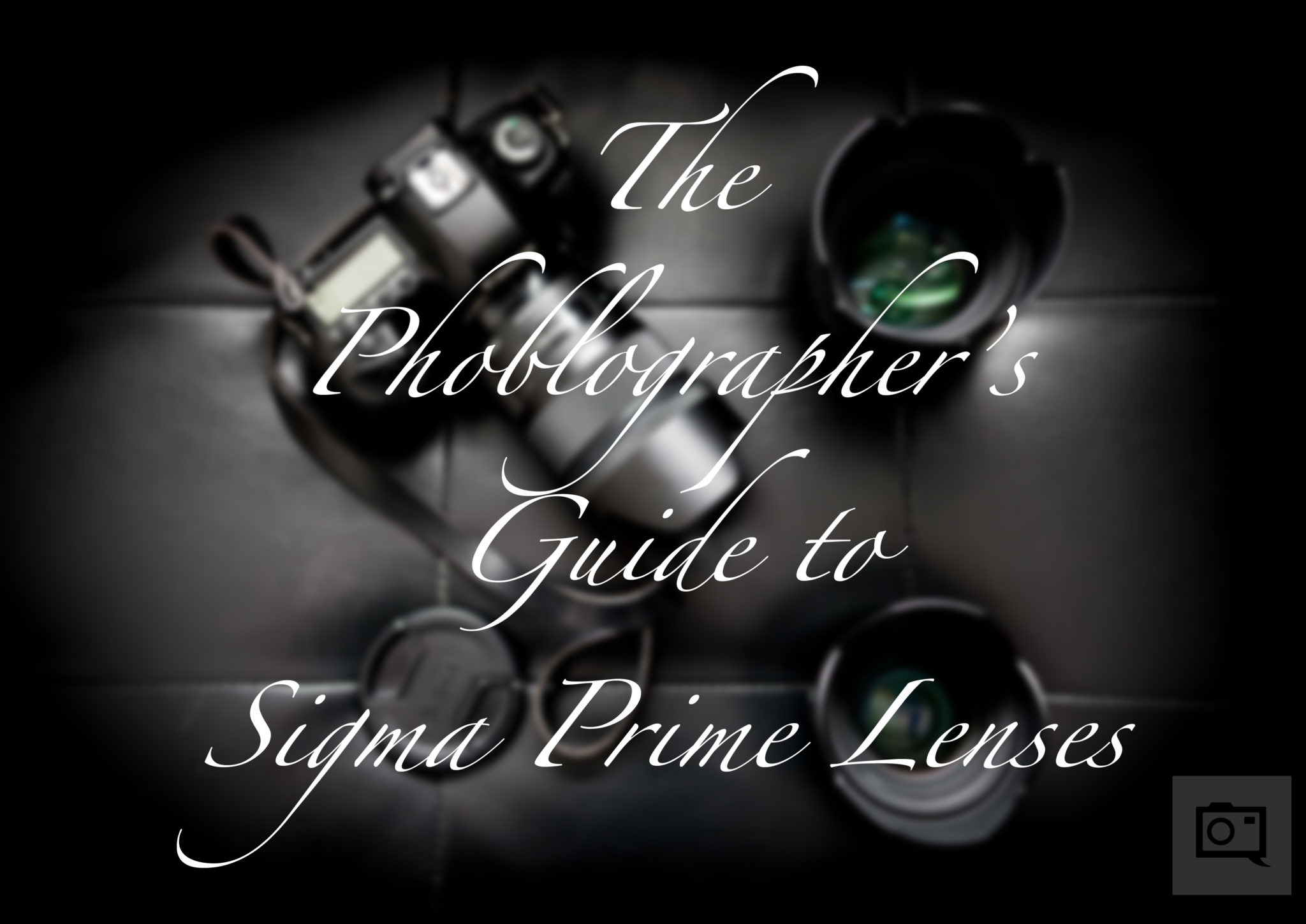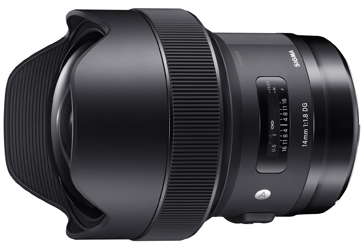
These lenses deliver the cleanest, most natural-looking portrait-style snaps. You’ll want a focal length between 50mm ( nifty fifty) and 85mm-the standard for portrait photos. Focal lengthįocal length is another highly important newborn photography lens feature.

The wider the aperture, the more you can blur out the background, giving you ultimate versatility no matter the location of the shoot. Look for an aperture for about f/2.8 or wider. That’s because aperture is what gives you that dreamy blurred, bokeh background that helps the subject-in this case, the adorable newborn-stand out. Looking for the best lens for newborn photography? Here are some of the most important lens features to consider: Apertureīy far, aperture is the most important thing to consider when choosing a newborn photography lens. What to look for in a lens for newborn photography parents and baby) or any newborn photo shoot session conducted indoors or in the studio (where you might have minimal space to work and can’t back up to include more in the shot) or outdoors (where you’ll need a wide-angle to include more of the picturesque backgrounds). In addition, you should have a wide-angle lens for family photos (i.e. Now you can certainly stop there, but if you want to be prepared for other photography situations, you’ll also need an all-around 50mm prime lens for when you need a fast, lightweight lens that works well in low light and takes extremely sharp pictures. And because you need to capture the tinier details (such as the baby’s toes, fingers, or eyelashes), you’ll also need a good macro lens.

Since you’re photographing people in your maternity and newborn photo shoots, a portrait lens (typically a medium telephoto lens) is a must. Mainly, you’ll need a medium telephoto, a wide-angle, a macro, and a 50mm prime lens. In reality, you’re going to need a variety of different lenses-each for a different purpose-to capture the many styles and types of shots that are typical to newborn photography.

Choosing the best lens for shooting babies can be difficult, as there isn’t one specific lens for everyone.


 0 kommentar(er)
0 kommentar(er)
